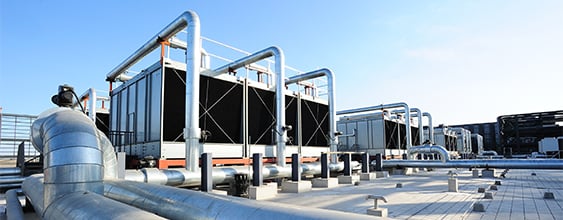With the 2020/21 budget handed down last night, the announcement of a $7.5 billion package to fast-track projects effectively nominates infrastructure as our way out of the pandemic-induced economic slump and a catalyst for thousands of jobs. There is also the $1.5 billion commitment to manufacturing that is set to provide a jobs windfall for Australians over a four-year period.
However, for the Australian economy to rebound, the right mix of projects will be crucial.
Projects planned before the pandemic might not adequately consider the structural effects to a new way of living such as a more permanent take-up of work-from-home or the shift from city-based head offices to regional hubs.
During the pandemic governments, organisations, businesses and services have had a single focus on health outcomes – basing most decisions solely on health perspectives. This concentrated attention on the wellbeing of the nation’s population has placed people at the forefront of policy and planning.
But what does this mean for our built environment? What is the evolving needed for the development of transport connections, power & energy networks and vertical infrastructure in our altered landscape?
A 2019 audit by Infrastructure Australia determined that over the past 10 years, $20 billion in projects did not go ahead due to lack of support from our communities.
Calli Brown, Associate Director and Digital Engagement lead with WSP, believes that our changing world further emphasises the need for enhanced communication, a better understanding of the needs of the Australian people and calls for communities to be more actively engaged in planning, design and construction.
How do we ensure that Australia’s infrastructure led economic recovery has the best chance of success?
The fallout of COVID-19 means thousands of jobs are missing from our economy, and to reduce unemployment rates, projects large and small need to proceed quickly.
Our sector must guide this transformational change because of the significance infrastructure projects have in leading our way out of the recession. We should consider not only what is needed for now, or in 10 years, but also take a longer-term view.
Calli adds, “Our communities must come along with us on the planning and development journey and we need a community-centric approach to ensure projects are not delayed, cancelled or mothballed due to community opposition.”
Joint research undertaken by WSP and the University of Technology Sydney (UTS) surveying 180 professionals involved in major public and private projects across Australia and New Zealand, had 99% of respondents agreeing that to set up a project for success, a more integrated planning and robust business case process is needed, combined with front-end engineering design and early community engagement.
Communities are more likely to accept an infrastructure project if they feel they are being listened to.
“By putting community at the centre of a project from the very beginning and building the collaboration of all stakeholders into the process, unknown impacts are reduced,” says Calli.
The impact of COVID-19 on the way the community interacts has pushed forward the digital revolution.
She adds, “As a result of the pandemic induced digital pivot, there is now more consumer confidence in digital technology and a greater acceptance by a broader demographic of its place in communicating and engaging with others. For infrastructure projects, the dawn of digital engagement is upon us.”
The research also established that, with such a large pipeline of infrastructure projects in Australia, a collaborative working approach is critical to meet the challenges of budgets, risks and delivery timescales. The urgency of delivering ‘shovel ready’ infrastructure projects to turn around Australia’s economy make this more important than ever.
Building and earning the trust of the community is vital to seeking their support and advancing projects to a ‘shovel ready’ state, and to consult with the community more effectively, WSP has developed an Online Community Portal to help bring more projects to life in a shorter timeframe.
An innovative digital tool like our Online Community Portal, which orients the infrastructure development process to the centre of the community, reduces the complexity of information and focuses on the human-centred issue of ‘what is happening in my backyard’.
An infrastructure led economic recovery throws the spotlight on the infrastructure sector and all those involved in the decision-making process – government, finance, planning, design and construction.
“We have an opportunity to carefully plan for our country’s future, to positively collaborate with the community and to ensure their visions and aspirations are reflected in the projects that come to life,” says Calli.
“Through new innovations such as the Online Community Portal, we can better align projects to the ‘new world’ priorities’ such as climate change, smart data capture and use, ageing populations, water security, the circular economy and inclusion of indigenous knowledge holders.
“We are able to achieve this through 24/7 community connections, enabling the broader community to interact through virtual consultation rooms and interactive maps. Open feedback builds trust through meaningful and inclusive engagement and accessible information helps to develop confidence in projects and transparency in planning and design.”
For more information on our Online Community Portal, or to get in contact with one of our experts, please click the link below.















